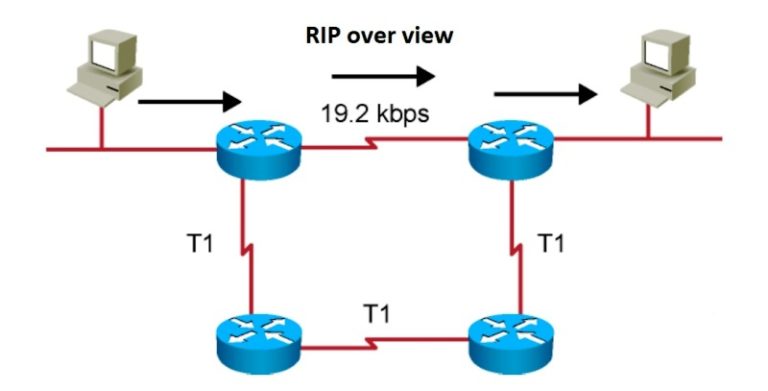Explained: What Does GTD Mean in the NBA?

If you’ve ever checked an NBA injury report, you might have encountered the term “GTD” next to a player’s name. Teams regularly update injury reports, and fans watch them closely, especially before crucial matchups in a league where every game matters; player availability can change anytime. This article will help you understand what GTD means in the NBA, why it happens, and how it impacts players and teams.
What Does GTD Stand For?
“GTD” stands for “Game-Time Decision.” It’s uncertain if a player can play, and the decision isn’t made until just before the game. The player, coaches, and medical staff will evaluate the situation, usually based on how the player feels during warm-ups, before making the final call. Teams typically give a player a GTD status when they have injuries, illnesses, or other physical concerns that make it unclear whether they can play.
Why Do Players Get a GTD Status?

There are a few reasons why a player might be listed as a game-time decision. The most common one is injury—if a player is recovering from something minor, the team may wait until the last minute to see if he’s ready to go.
If a player feels sick, the team might wait until game time to see if they’re well enough to play. Teams sometimes use GTD status to give star players extra rest and manage their workload. Personal reasons, like family emergencies or other off-court matters, can also make a player’s availability uncertain.
How Does GTD Affect NBA Teams?
When a player is listed as GTD, it can create some challenges for the team, affecting various aspects of their preparation:
- Coaches must prepare different game plans in case the player can’t play.
- The team may change the starting lineup or rotation if a key player is out.
- Opponents might adjust their defense or offense depending on whether the player is available.






